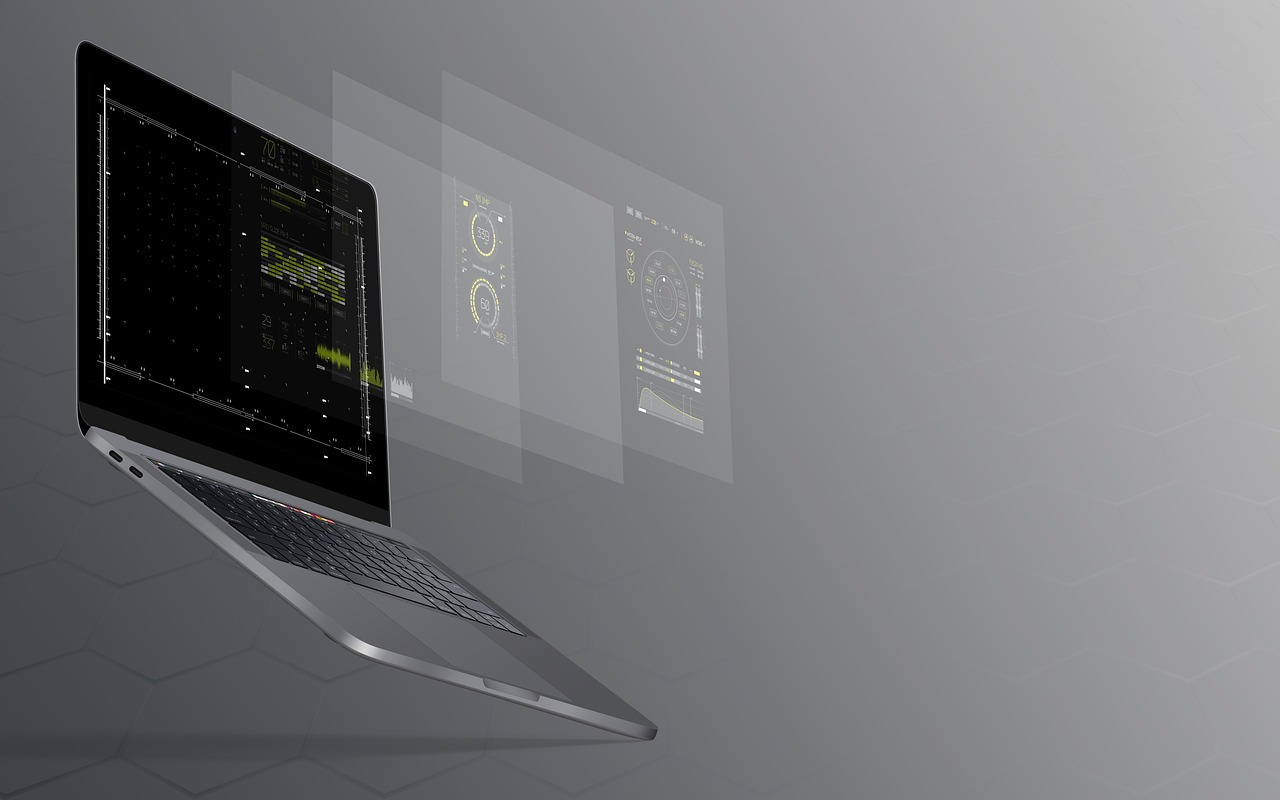An Application Programming Interface (API) is a channel that allows computers or computer programs to communicate with one another. It is a form of software interface that provides a service to other software. While APIs come in a variety of forms, protocols, and technologies, their primary goal is to allow one piece of software to connect with another.
Web APIs are a programming interface/application type that allows software applications to communicate or interact with one another. Web API is frequently used to provide a data access interface for websites and client applications. Web APIs can be used to retrieve data from a database and save it back.
APIs (Application Programming Interfaces) come in various forms; when developers begin working on a web API, they must first pick which specification to utilise. In this post, we will compare the four (4) major web APIs that allow clients and servers to communicate.
We are comparing four key types of web APIs.
RPC stands for Remote Procedure Call.
SOAP (Simple Object Access Protocol)
REST stands for REpresentational State Transfer.
Graph Query Language (GraphQL) is a query language for graphs.
RPC stands for REMOTE PROCEDURE CALL.
PRC is the earliest and most basic type of API. The term speaks for itself because it is a simple interaction with a local client that connects to a remote server.
How does it function?
Because both clients sent an application and the server used different call parameters, they must be translated in order to be understood on both sides. This parameter conversion is handled by a special PC short code known as STUB. When a client uses an RPC API to reach a server, the client STUB translates the parameters provided to a function call, which the server STUB deconverts and executes. After that, the server STUB reconverts them for the client, and the client STUB deconverts them. The RPC paradigm has been around since the 1980s, first with XML and eventually evolving into a JSON-based variant.
In 2016, Google released gRPC, a high-speed, open-source universal RPC framework, as a general-purpose RPC. Today, enormous systems such as Facebook, Apache Thrift, and Twirp rely entirely on gRPC for internal microservices communication. Because microservices exchange a large number of calls per day, it is a really high-performance API to optimize the network layers, and the RPC style with short language messages is easy on the network.
SOAP (SIMPLE OBJECT ACCESS PROTOCOL)
Microsoft scraped XML-RPC with SOAP in 1999. It is related to XML and is known as XML-RPC. Because it did not distinguish between different data types, developers had to include extra metadata to mark a field with the data type.
APIs for SOAP It is a messaging protocol used in the deployment of web services in a computer network for transferring structured information.
It employed an XML-based messaging system that included the Envelope, a root element of every SOAP message that started and ended it. Then comes Header, which is an optional sub-element. A header containing any application relativity service or extra requirements required for message processing. And now the Body, which provides the request or answer to the receiver, will now include the failed element, which describes an issue that happened.
Although many developers shudder at the prospect of having to deal with the soap API, we cannot ignore it. SOAP is still used for many of the best services and a few systems, such as Salesforce, because of its security. The WS-SECURITY extension encrypts a message and locks it, and only a recipient with the security token can access the body.
SOAP also supports chained messages, which keep the server informed of earlier requests. Storing other received information is thus taxing on the server, but it is required for a couple of transactions involving numerous parties.
The web began to transform around 2000. It is necessary for system and services to communicate in a lightweight, standard, and flexible manner, yet SOAP suffers from XML structure and inflexibility.
REST (REPRESENTATIONAL STATE TRANSFER)
The Transfer of Representational States REST appeared to handle the new web requirements, and it was occasionally used in tandem with SOAP, but REST quickly won the popularity contest.
The RESTful method is vastly different from SAOP:
It is a resource state – RPC/SOAP used various commands to manipulate the servers such as SendUserMessage, GetUnits, DeleteUser, LocateVihecle, addEntry, and so on, whereas REST focuses on resources, actual data, but they keep both to a minimum using HTTP methods GET, POST, PUT, DELETE and it is much easier than using numerous methods required to operate SOAP and RPC APIs.
Instead of SOAP’s fixed and inflexible structure, REST proposes limitations that must not be violated, such as
Constraint on a uniform interface
Restriction on client-server autonomy
Constraint without a state
Cacheable restriction
Constrained layered system
Code limitation based on demand
GraphQL stands for GRAPHIC QUERY LANGUAGE.
In 2015, Facebook became tired of the rest over getting data and released GraphQL, a new API syntax. GraphQL, unlike REST, makes a single precise request that returns and all relevant files.
In REST, there are many end points that return false data, therefore the client must merge the end points to acquire the information that was requested, however in GraphQL, the client can customise the end-point. How do they handle it?
SCHEMA is used by GraphQL to customise end-points. It gives the customer
description of data
how the data on the server is organised
The available resources and their relationship
Each resource contains the following fields:
This manner, the client knows how to formulate the question and no longer needs to query the server. When it comes to learning curves, REST can be taught in two days, but GraphQL is a step-by-step process that requires planning ahead of time to figure out GraphQL specialized operations and Schema Definition Language (SDL). While GraphQL is intended for long-term projects, small and medium-sized projects do not require borders and can follow the well-known REST road.
Conclusion
Today you may hear someone refer to REST as Rest in Peace and shout for GraphQL, yet ten years ago it was the other story, with REST being king and SOAP being rubbish, yet we see certain projects still requiring it. Some API providers offer two types of APIs concurrently, for example, when integrating different forms of post services, an online retailer can select between REST and SOAP architecture. So, while labelling API design is important, keep in mind the needs of your product because they will affect your option.




